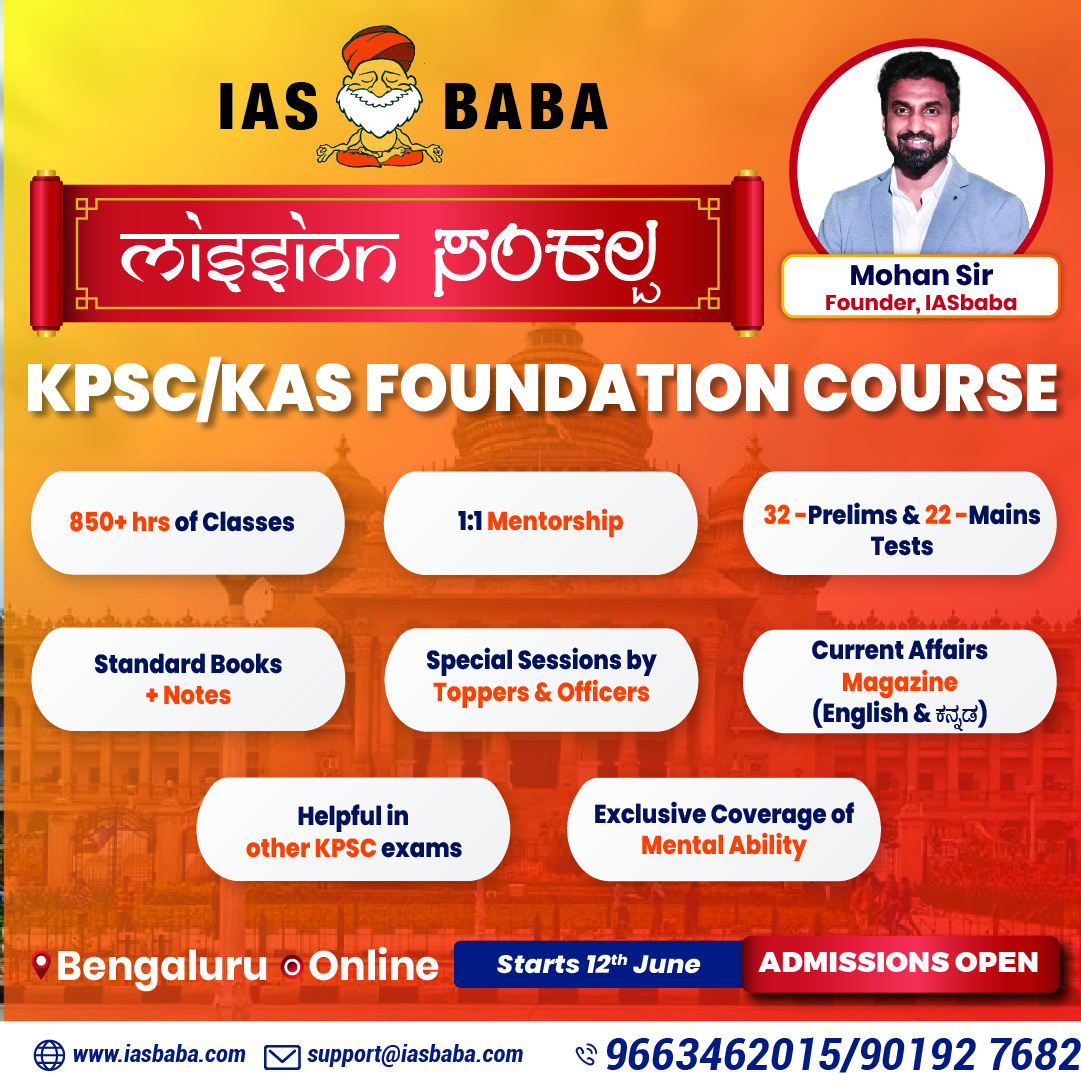UPSC Articles
INTERNATIONAL / SECURITY
Topic: General Studies 2:
- Important International institutions, agencies and fora- their structure, mandate.
- Bilateral, regional and global groupings and agreements involving India and/or affecting India’s interests.
Shanghai Cooperation Organisation (SCO) | A counter-coalition of Eurasian power
Context: External Affairs Minister (EAM) S. Jaishankar’s visit to Russia to participate at the SCO foreign ministers’ meet during which India and China agreed to de-escalate the tension which was flared up along Indo-China border in recent months.
For a brief background on the border tension issue: click here and here
What was SCO founded and what is its historical background?
- Built on Shanghai Five: Russia, China, Kazakhstan, Kyrgyzstan (Kyrgyz Republic) and Tajikistan popularly known as Shanghai Five had come together in the post-Soviet era in 1996, in order to work on regional security, reduction of border troops, and terrorism.
- Initial Success in resolving Boundary Disputes: The 1996 meeting of the Shanghai Five resulted in an ‘Agreement on Confidence-Building in the Military Field Along the Border Areas’ between China, Russia, Kazakhstan, Kyrgyzstan and Tajikistan, which led to an agreement on the mutual reduction of military forces on their common borders in 1997.
- Inclusion of Uzbekistan: Subsequently, Shanghai Five helped resolve disputes between Kyrgyzstan, Tajikistan and Uzbekistan on border issues and the Ferghana Valley enclaves.
- Institutionalisation: Subsequently a permanent intergovernmental international organisation called SCO was founded in June 2001. It is Eurasian political, economic, and security alliance of China, Kazakhstan, Kyrgyzstan, Russia, Tajikistan, and Uzbekistan.
- Expansion: Its membership was expanded to include India and Pakistan in 2017.
- Observer States: The SCO also has four observer states — Afghanistan, Iran, Belarus and Mongolia — which may be inducted at a later date.
What is the Organisational Structure of SCO?
- The organisation has two permanent bodies — the SCO Secretariat based in Beijing and the Executive Committee of the Regional Anti-Terrorist Structure (RATS) based in Tashkent.
- The SCO Secretary-General and the Director of the Executive Committee of the SCO RATS are appointed by the Council of Heads of State for a term of three years.
- However, the venue of the SCO council meetings moves between the eight members
How does West perceive SCO?
- The SCO describes one of its main goals as moving towards the establishment of a democratic, fair and rational new international political and economic order.
- In 2005, the Astana declaration called for SCO countries to work on a “joint SCO response to situations that threaten peace, security and stability in the region”, indicating the group’s strategic ambitions
- As a result, the SCO was eyed with some misgivings by the U.S. and Europe. It was even dubbed the “Anti-NATO” for proposing military cooperation.
- Western and NATO concerns were heightened when they placed heavy sanctions against Russia for its actions in Crimea, but China came to Russia’s aid, signing a 30-year, $400 billion gas pipeline framework agreement.
What are the Contradictions with India joining SCO?
- Not aligned with QUAD: India joining the SCO has been seen as puzzling foreign policy move, as it has come at a time when New Delhi is looking more keenly at the West, and in particular at the maritime ‘Quadrilateral’ with the U.S., Japan and Australia.
- On the issue of Pakistan: Since 2014, India and Pakistan have cut all ties, talks and trade with each other, and India has refused to attend the SAARC summit due to tensions with Pakistan, but both their leaderships have consistently attended all meetings of the SCO.
- On the issue of Terrorism: Despite the fact that India accuses Pakistan of perpetrating cross-border terrorism at every other multilateral forum, at the SCO, Indian and Pakistani armed forces even take part in military and anti-terrorism exercises together
How does SCO deal with bilateral tensions?
- The SCO Charter doesn’t allow any bilateral dispute to be taken up, but it provides a comfortable platform for finding common ground and eventually, creating conditions for dialogue between countries.
- In 2009, India and Pakistan held the first talks after the Mumbai attacks on the sidelines of the SCO summit in Astana, where then Prime Minister Manmohan Singh and former Pakistani President Asif Ali Zardari met and tried to resolve tension through talks
- In 2015, Prime Minister Narendra Modi met then Pakistani PM Nawaz Sharif at the SCO summit in Ufa, for a meeting that even resulted in a joint statement.
- In 2020, SCO host, Russia, encouraged and facilitated meetings between between India and China to discuss the stand-off at the LAC
Conclusion
- SCO seeks to build a continental coalition that, its founders hope, may one day be as strong as some of the other coalitions that exist to its west and south.
Connecting the dots:
- Future of SAARC and BIMSTEC
- India’s Non-Alignment Policy in the times of increasing Polarisation in world













